Looking forward from the control rooms into various quarters.
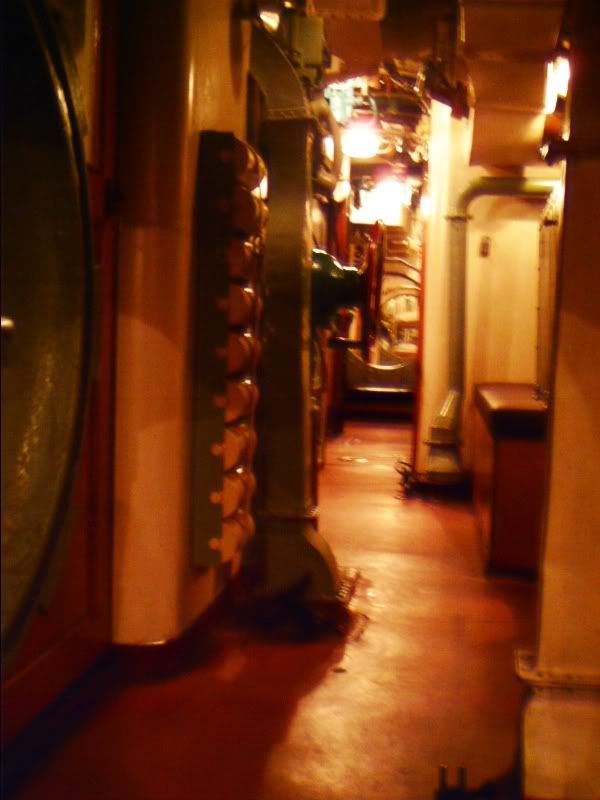
Me chilling in the officer's mess (and no, the rope was blocking the area with the table on which I put the camera! We were allowed to sit there.)
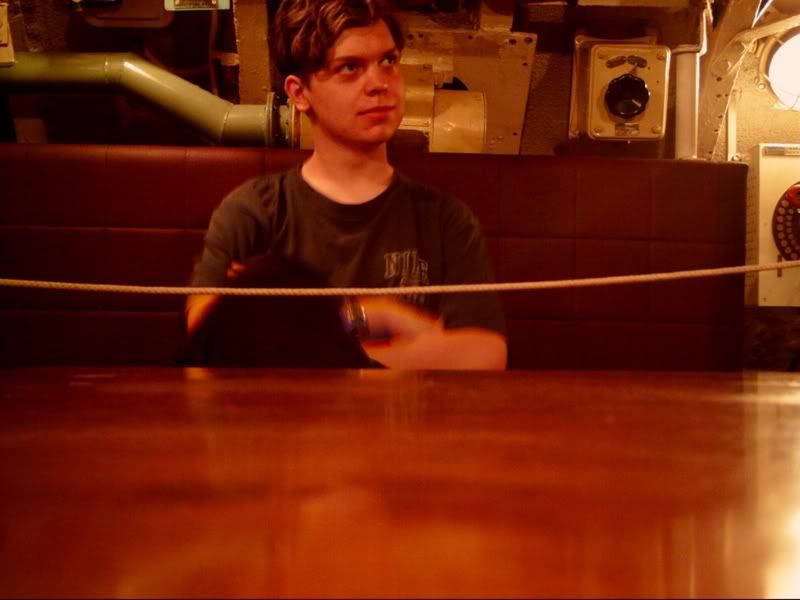
Batteries in the bilge. Most of the battery compartments, however, were cut away to make room for displays on the sub's history.
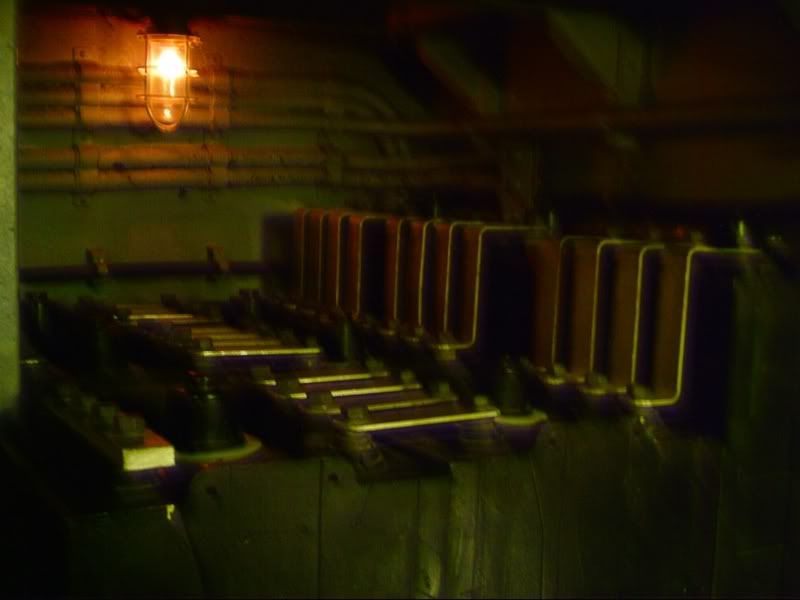
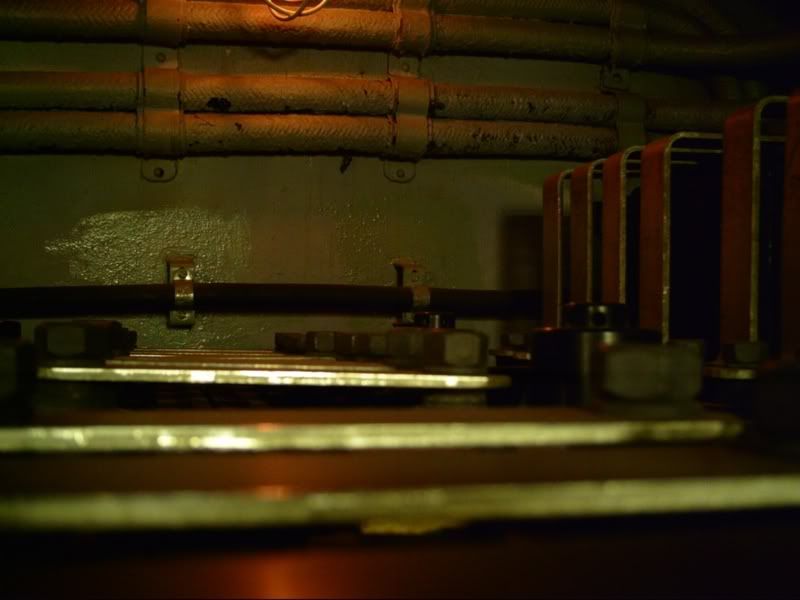
Like this exhibit about the sub's very first combat patrol in 1942 when merely a day out of port, it got tangled in a German sub net during a storm. Germans had their nets connected to alarms to alert ships and aircraft if anything was caught, but due to the rough seas, the captain gambled that the alarms were turned off (otherwise they would be ringing all the time) and surfaced. The crew spent the next 3 nights in stormy seas trying to free the sub, mostly by cutting the steel net with axes

They succeeded and continued their patrol.
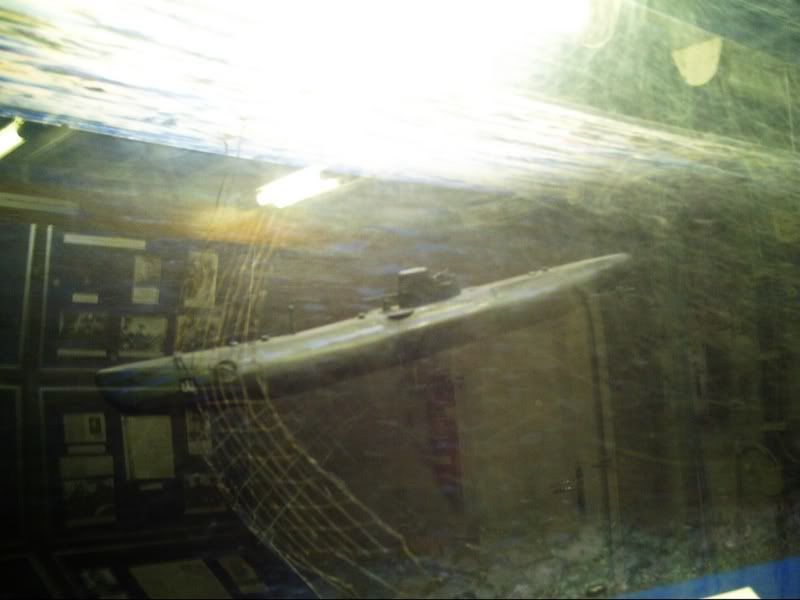
The sub's most famous attack involved no sunk ships, but one very large ship damaged. The railroad ferry "Deutschland", converted to transport German troops, was spotted under escort in the baltic. The captain attacked her and scored a hit before being detected. While the huge ferry escaped intact, a very large number of German soldiers aboard were killed. German sources put the number of dead from this attack at 600, Russians at 700, the neutral Swedish (the attack took place closest to them) placed it at approximately 800 troops killed. Quite a somber reminder of just how destructive these weapons are.

To be continued...